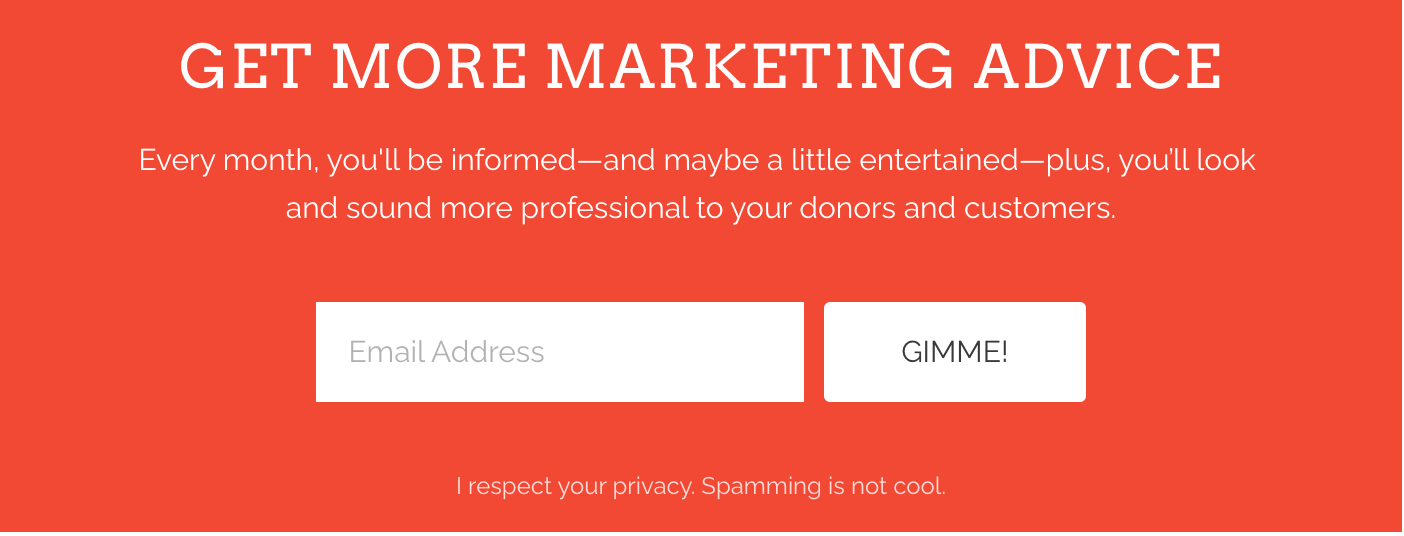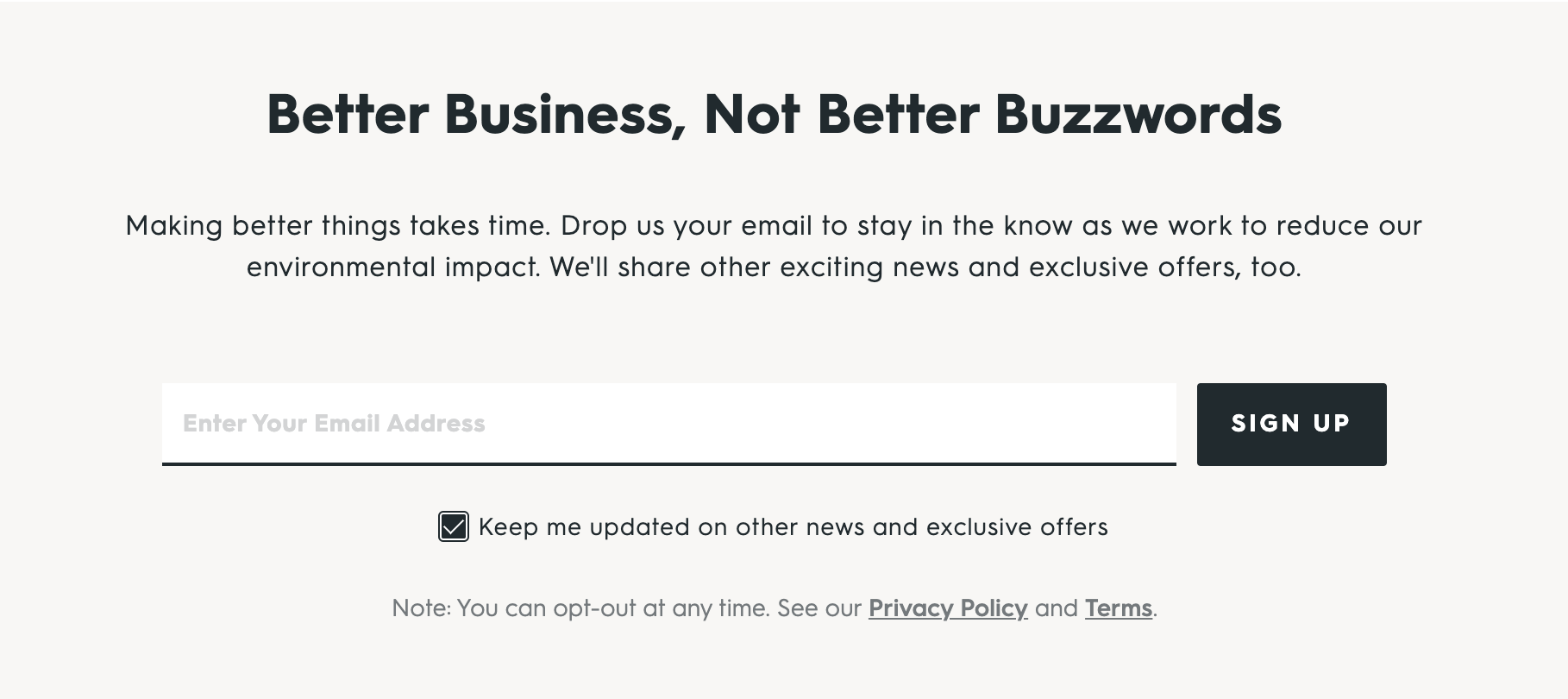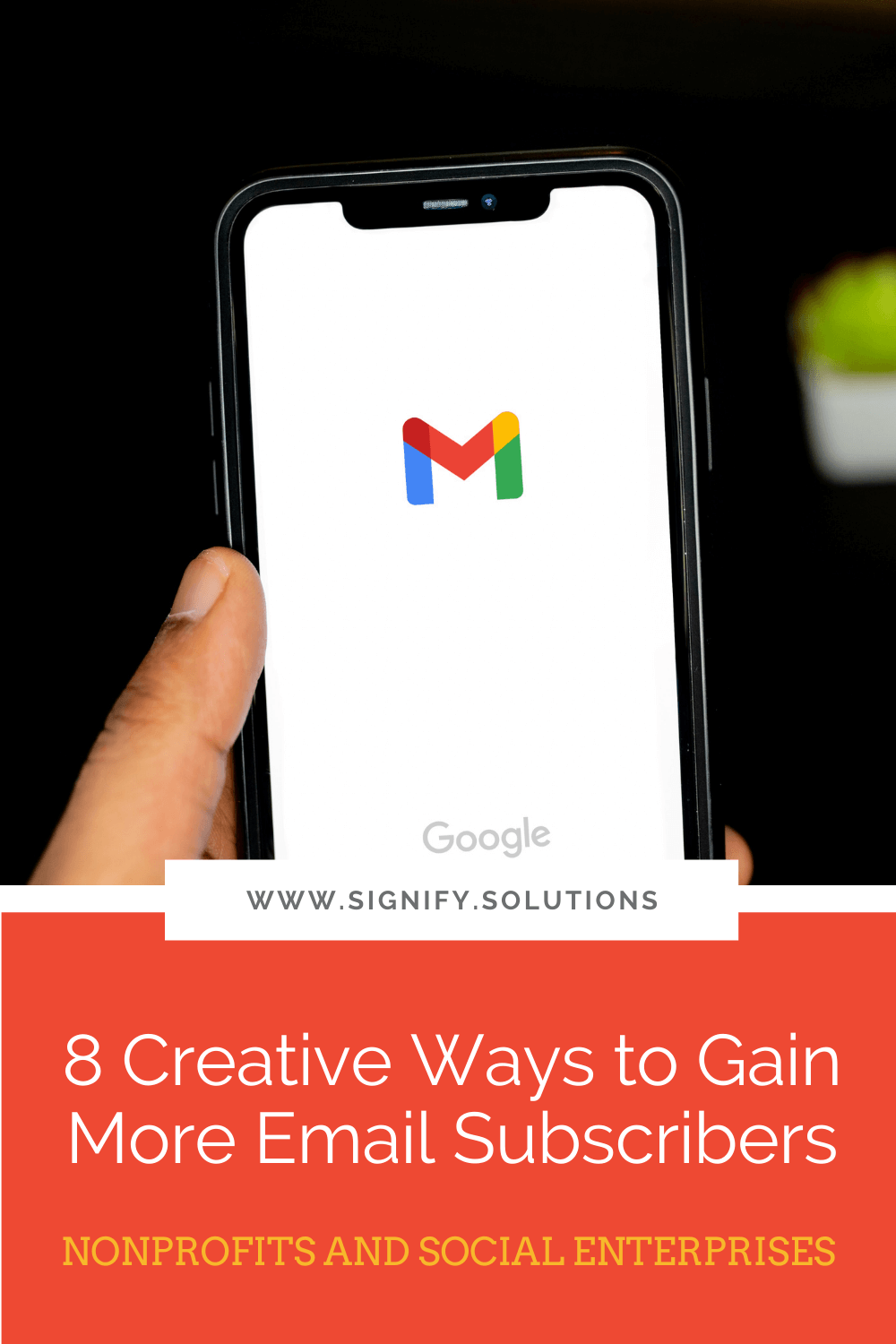Here we are again at the end of another year. It’s always coming, yet always seems to sneak up on us! And for nonprofit leaders who are up to their ears each day in helping others, long-term planning can sometimes feel like a luxury.
But year-end fundraising is essential for nonprofits because the general public is caught up in the spirit of giving and generosity (and tax deductions). And with so many others soliciting donations right now, your organization should get a piece of the pie, too. After all, there are so many people who could benefit from your work.
When the good folks at GiveCentral asked if they could share 10 tips for last-minute year-end fundraising, I easily and eagerly said yes. Whether you’ve been planning for December since this summer or are are only realizing that the New Year is around the corner, you will find a few gems below to put into practice immediately.
Wishing you much success in your year-end fundraising!
For nonprofit organizations, year-end fundraising is of undeniable importance. This is so because it is between October and December that nonprofits receive half of all annual donations. Understanding your donors and really getting to know them is important, and that’s how you will pave a way to line up your supporters.
For any kind of fundraising in the nonprofit industry, technology plays an important role. Of course, there have been changes in the nonprofit landscape after the pandemic hit and it's a mistake to try to make the old ways work in every situation. It is good news that new and improved methods have been adopted by organizations at large.
As for year-end giving, there is a lot of planning that goes into making the campaign work. However, there are a few last minute actions you can take to make sure that you are on the right track.
1. Check Priority Goals
It is very true that all nonprofit organizations wish to perform better each year. In order to precede last year’s result, you must look at your downgrades and upgrades. Have a look at your retention—your database can indeed be a gold mine while reviewing your year-end fundraising objectives. Additionally, go over the nonprofit fundraising trends that have worked for nonprofits this year and draw a quick takeaway for your own year-end fundraising plan.
2. Be Website Ready
Sometimes, you’re so busy paying attention to bigger things that you miss out on the simpler and the more obvious aspects. Your website is a representation of you, and what you display on it speaks volumes about your organization as a nonprofit. Fundraising for nonprofits requires updated and functional donations forms and Calls-To-Action on your website. Buttons, banners, and visuals that talk rightly about your cause and campaign is definitely a prerequisite.
3. Go Mobile
Definitely a must-do if you haven’t already since 52.2% of website traffic is known to be generated from mobile phones. Nonprofits can increase their donations by 126% on average simply by incorporating mobile-responsive design to their websites. Therefore, mobile optimization of your website and all your communication materials is essential. Adoption of modern giving tools such as text-to-give and choosing a good keyword for the same should absolutely be on your checklist.
4. Personalized Communication
It is not easy to get people to talk about you and your organization. Yet, communication can help increase the attention that you receive. Tailored communication requires an excellent segmentation of donors. It is likely that most nonprofits already have a good sense of audience segmentation. These are mostly current donors, lapsed donors, prospective donors, and so on. Personalizing every message to each section of your audience is the best practice. Rather than launching a generic blast to your entire list, tailored messaging for each segment is more likely to result in donations and gifts. At the very least, include their name in the email to make it more individualized.
5. Adopt A Year-End Email Series
In addition to the above point, having a year-end blitz is recommended—at least three e-appeals between December 26th and 31st can help you get a better response. Set up your emailers in such a way that you can also talk about it on your blog posts. For example, write a year-end fundraising trend article on your blog that is an introduction to the emails that you’ll be sending later. As for your email subject lines, try to be engaging yet short and crisp. Considering the fact that there are more than 4.2 billion daily email users around the world, you wouldn’t want to miss out on this chance.
6. Steward Bigger Donors
Not that you should ignore the mid-size and smaller donors, but pay extra attention to the bigger donors. At the end of the day, your goal is to bring in more funds while turning your donors into passionate fans. Have the top professionals in your organization such as Executive Director and Chairman to reach out personally to these major donors. Send personal, one-on-one emails and messages thanking your big donors and talk to them on a phone call. Know the interest of your audience and weave the conversation around it.
7. Lest We Forget Social Media
Social media has become an everyday habit for many. Well, nothing wrong in that but this is exactly why some nonprofit organizations miss out on creating a well strategized social media communication plan. Improving your organization’s social media takes effort and pushing your year-end campaign through your social media handles takes planning. This planning, however, doesn’t have to take up too much time. Carefully pick the image or videos you want to use, have a link or a Call-To-Action button that leads to your donation page, and include an “ask” message. Create a calendar and see to it that you post about your campaign at least four times per week.
8. Focus On The Inner Circle
Your inner circle within the organization would mean your board members and staff. Board members have a huge role in the functioning of a nonprofit—when the board takes action, everyone else follows. Ask and encourage your board members and office staff to give. It is very impressive when the staff is donating no matter how big or small; it shows oneness. You can also request the circle to spread the word to their friends and family.
9. Create A Thank You Page
In addition to auto-generated thank you messages for your donors who give online, create a dynamic thank you page to show how grateful you are. Once your supporters have made their donations, they should be taken to an inspiring thank you page that makes them feel good about having donated. An immediate email thank you should not be missed as well.
10. Optimize On Testimonials
Show a video or an image of someone or a group that has received help from your organization, made possible due to donations from your donors. Do this everywhere—emails, website, social media, landing pages, thank you emails, etc. Visuals speak louder than words and what better way to communicate your message than this!
Conclusion
As the year nears its end, it is good teamwork that will bring you closer to your year-end fundraising goals. Last minute or not, good communication within the team is important - discuss your ideas, ideate together, and bring the best to reality. Good luck!
Patrick J. Coleman is the President of GiveCentral and Coleman Group Consulting. As a CEO to two enterprises, he is on a mission to help reduce costs and increase fundraising for all charities through ways such as mobile giving. With a diverse educational background and over 25 years of experience in operations leadership and strategic planning, he has developed a proprietary methodology that focuses on the art and science of negotiation to deliver measurable, implementable, and sustainable results. Mr. Coleman has served as Board President for Elk Grove United Way of Suburban Chicago, and as a board member of both Talkline/Kidsline and Public Action to Deliver Shelter (PADS).
PIN THIS POST FOR LATER:
I’m Kristi Porter, and I help cause-focused organizations understand and execute effective marketing campaigns so they can move from stressed to strategic. Your resources may be limited, but your potential isn’t. Whether you’re a nonprofit, social enterprise, or small business who wants to give back, I’ll show you how to have a bigger impact.






























































